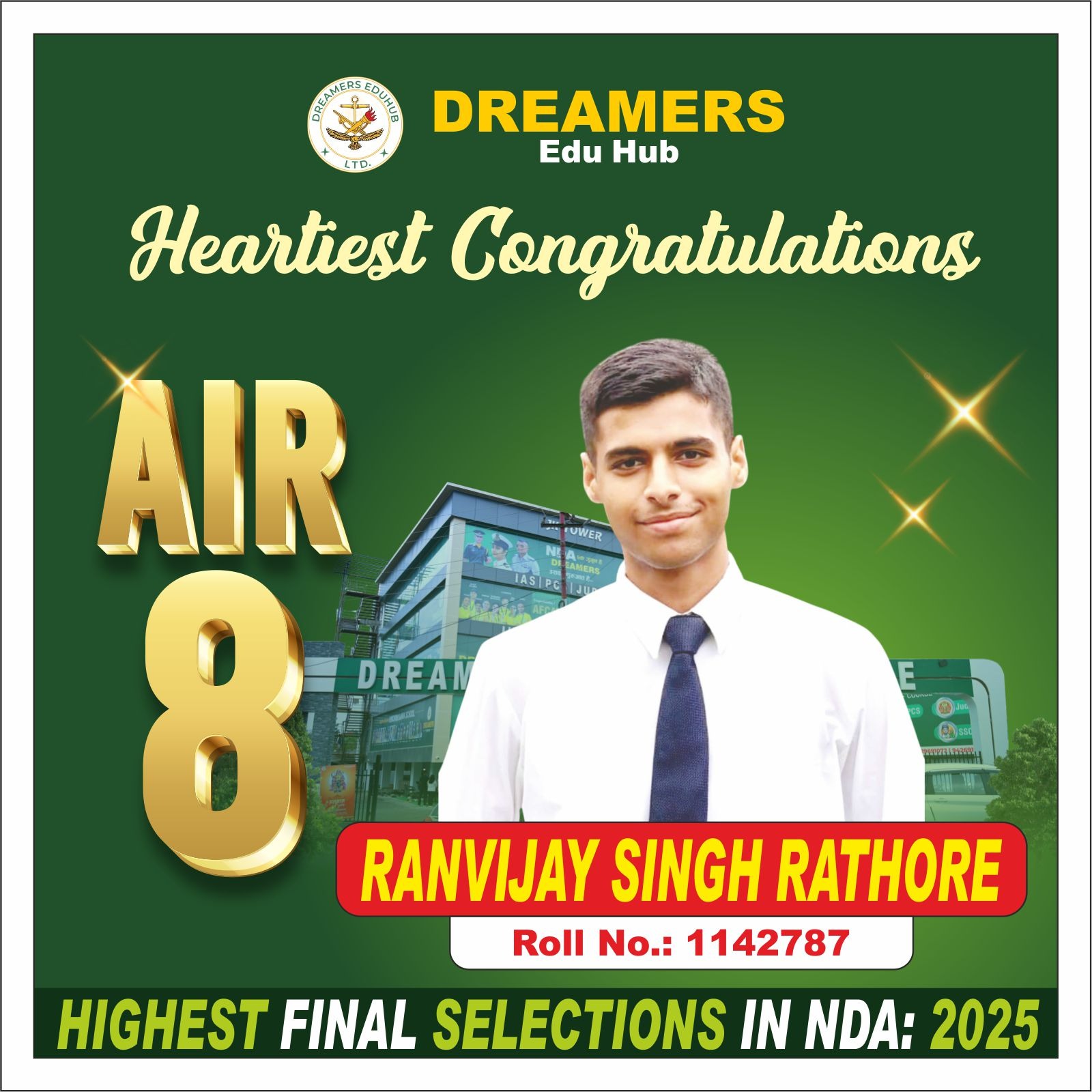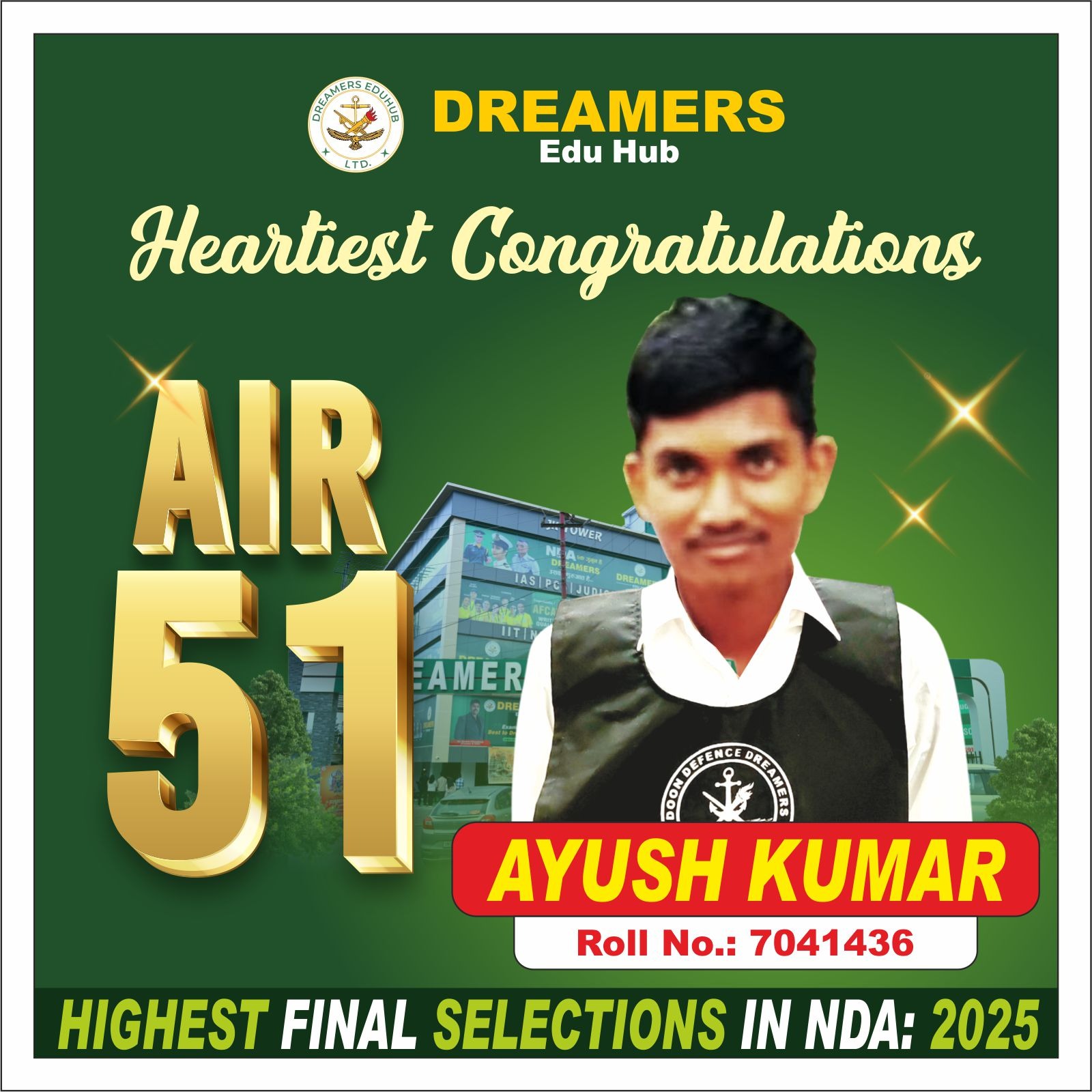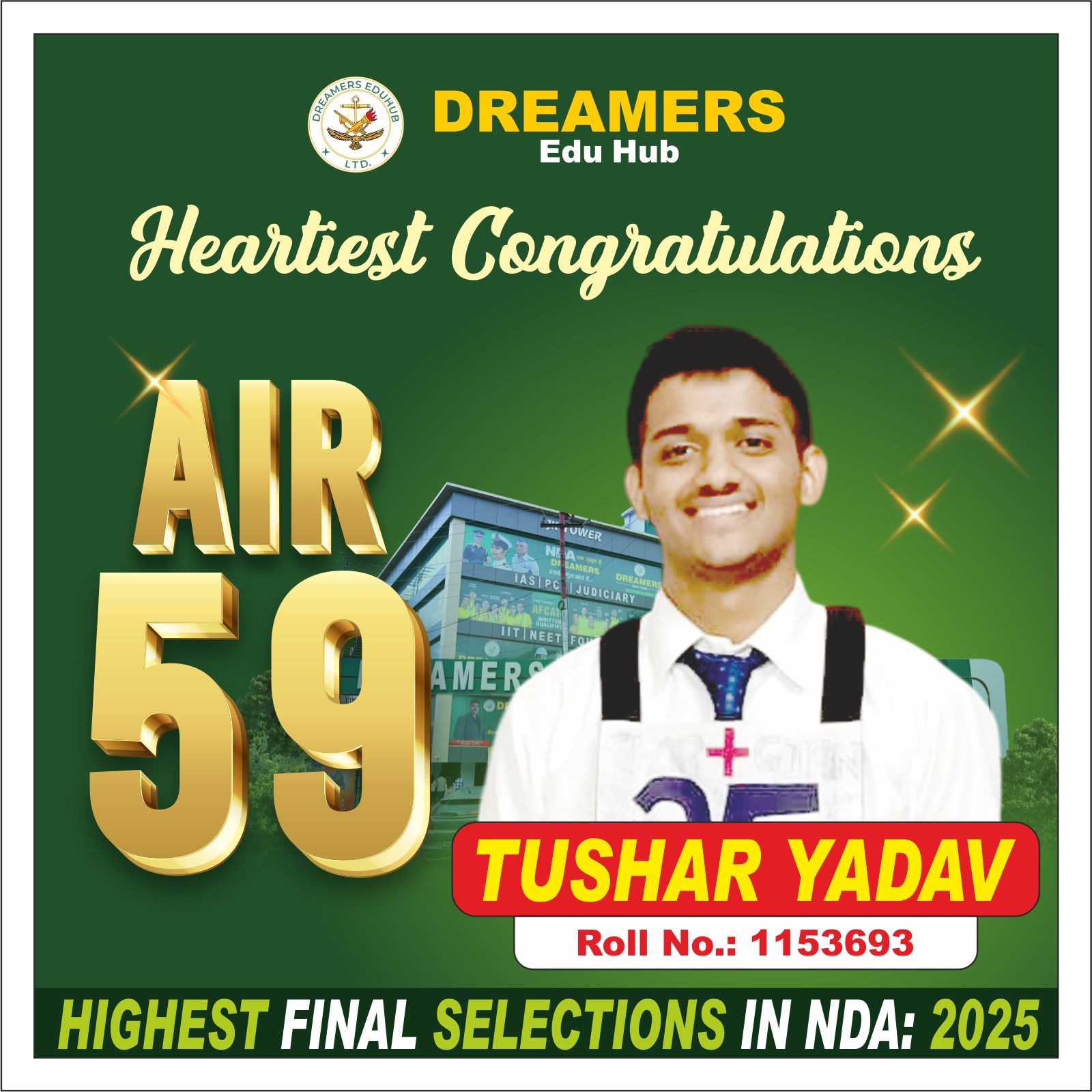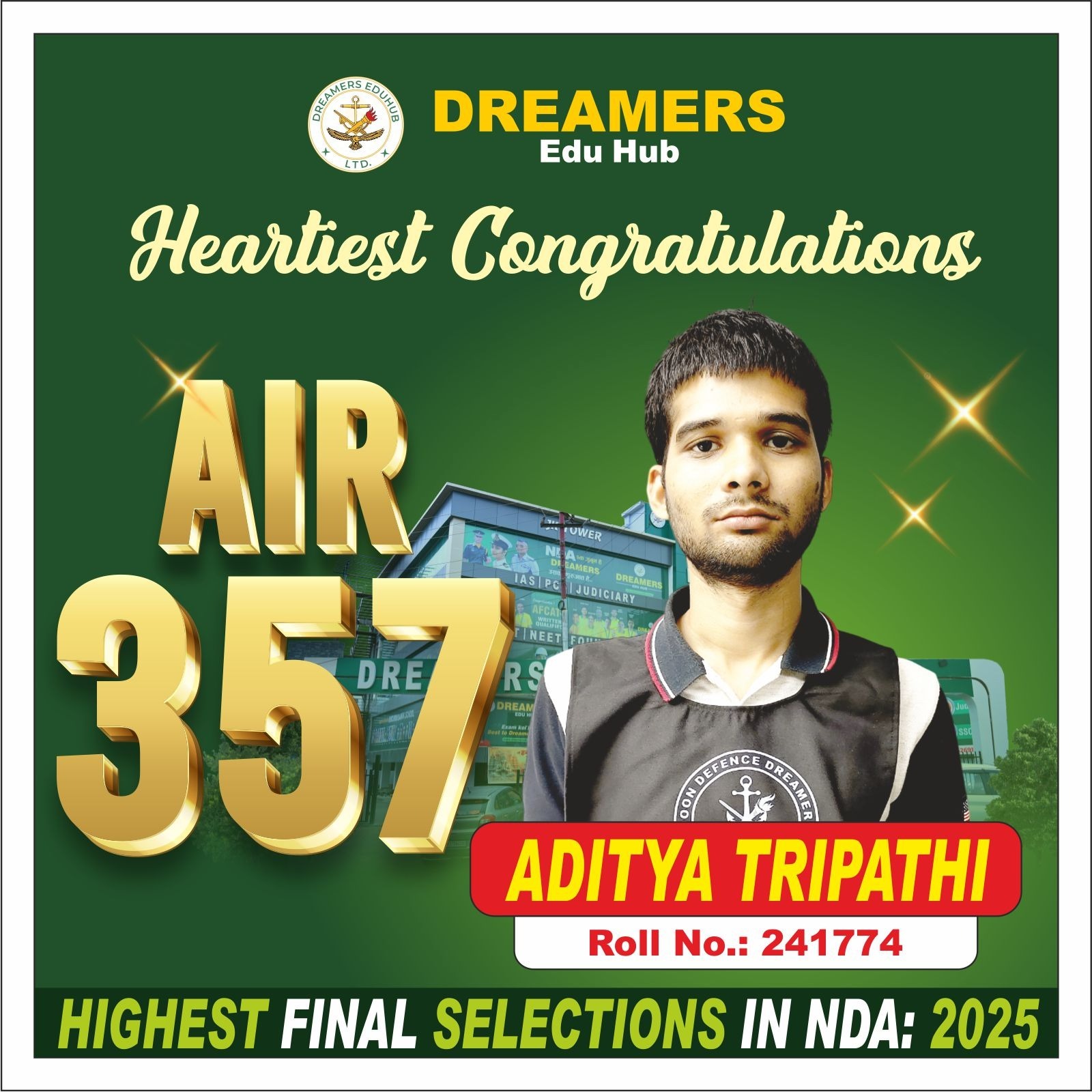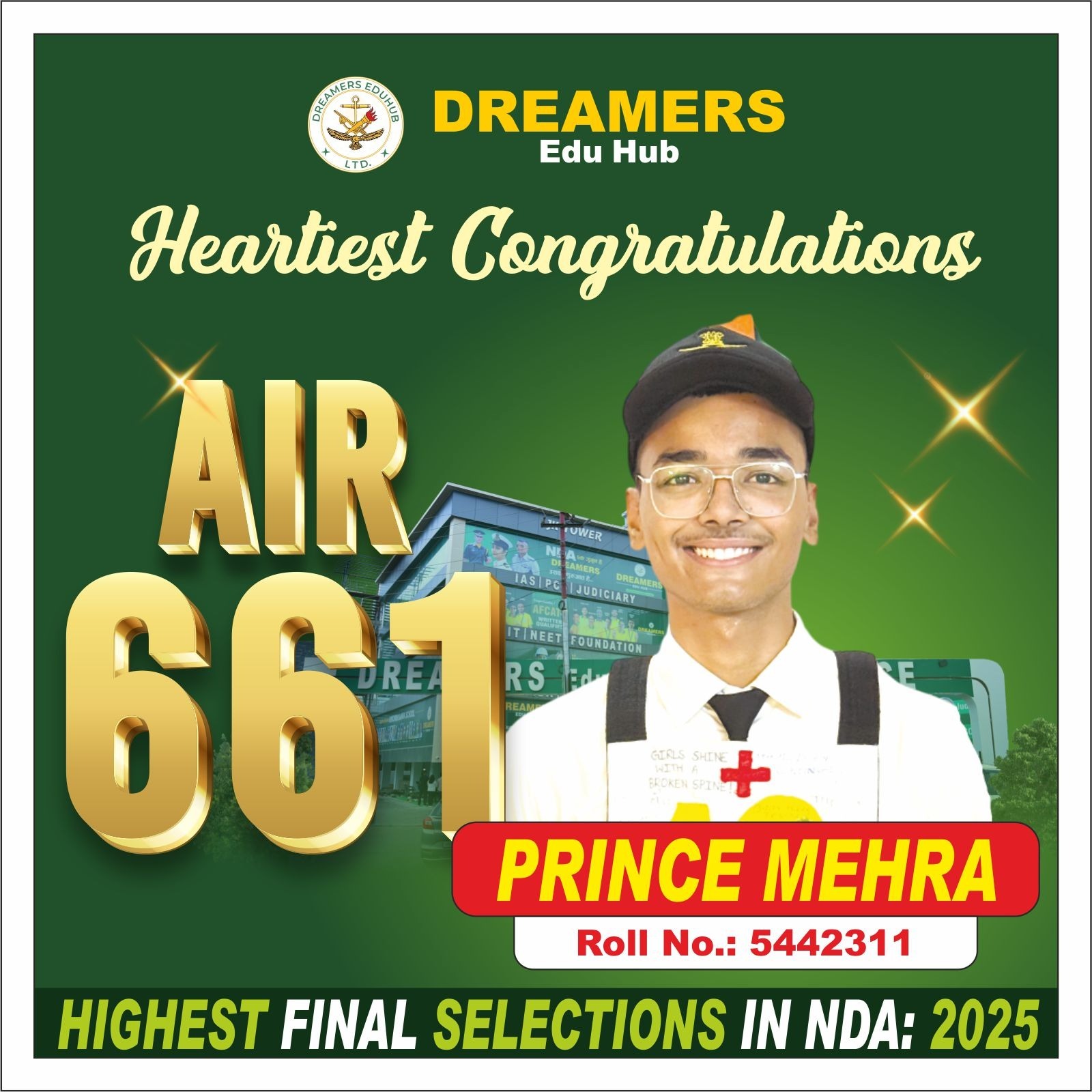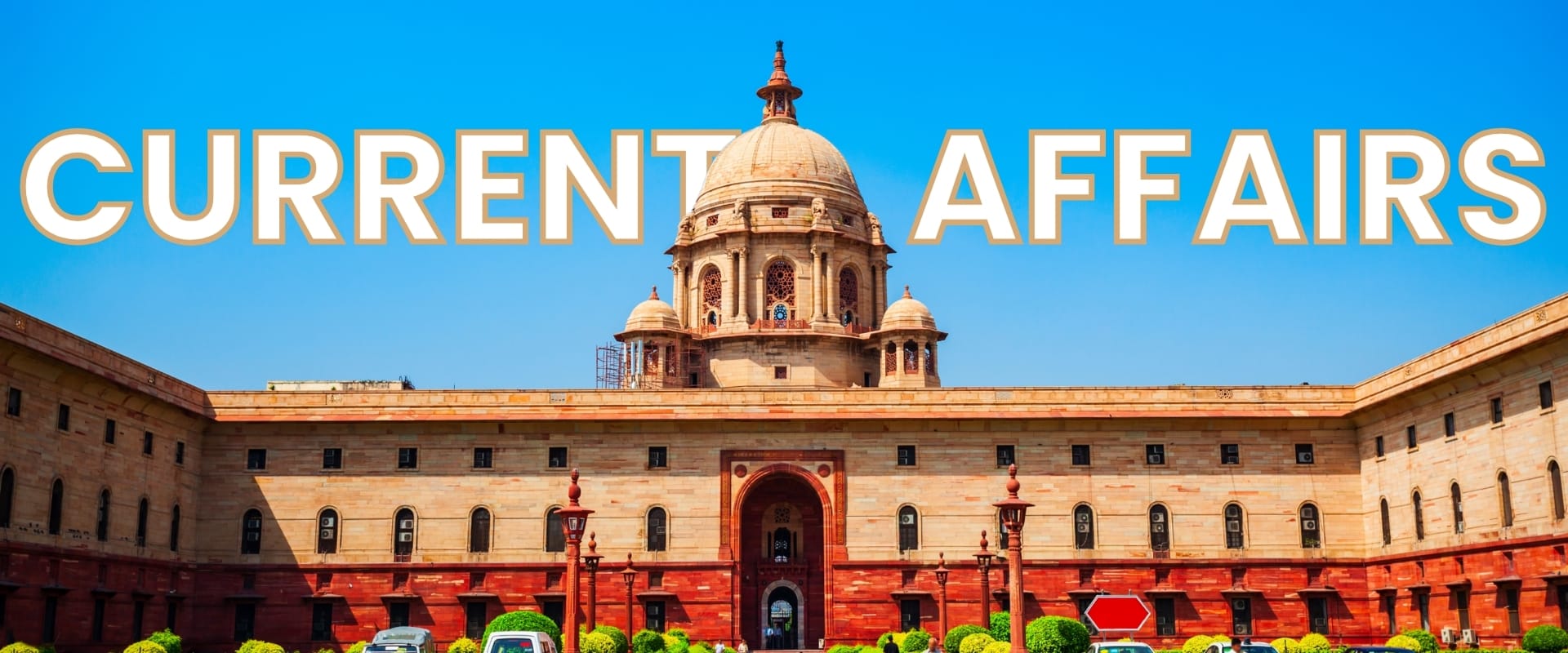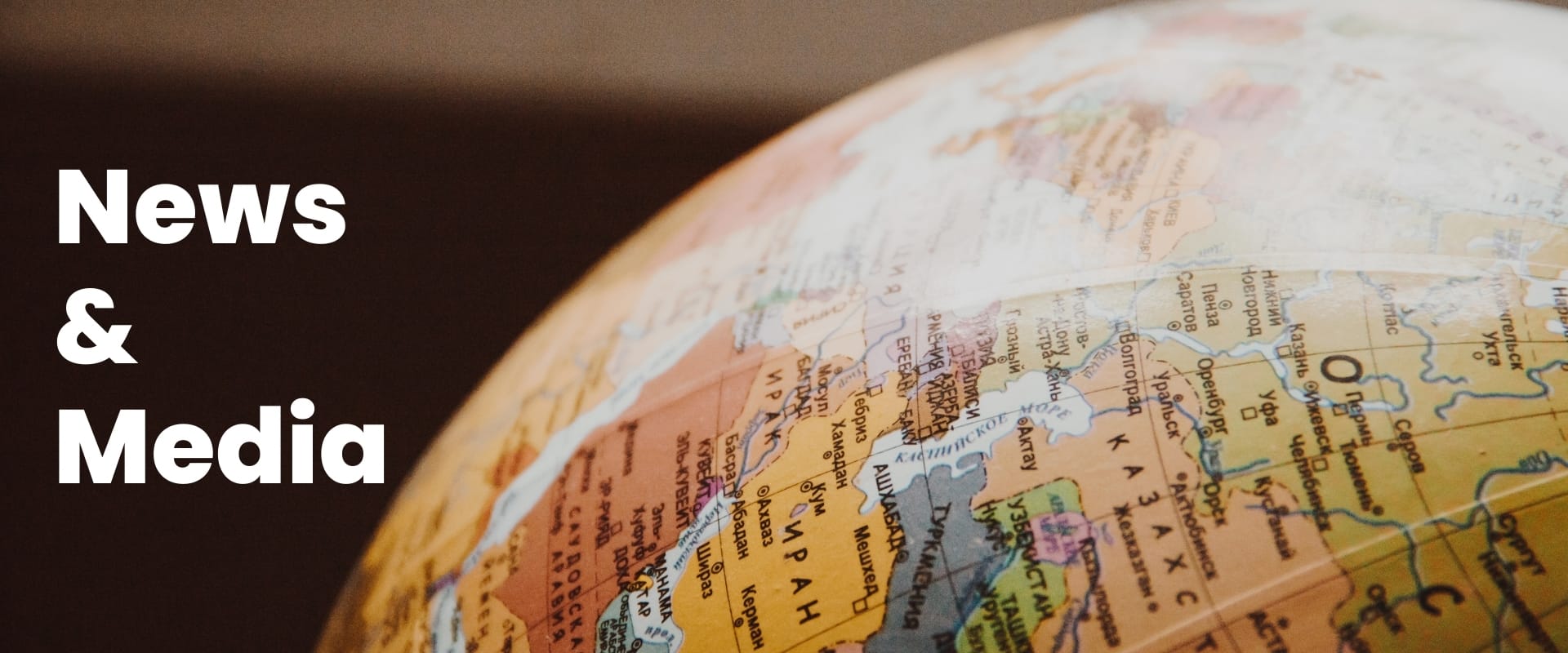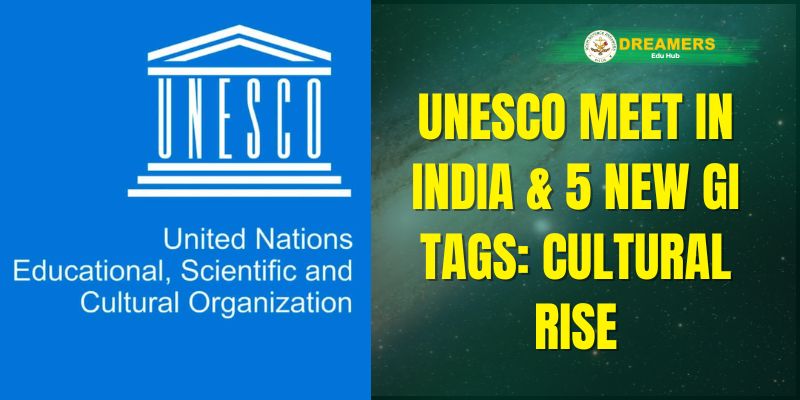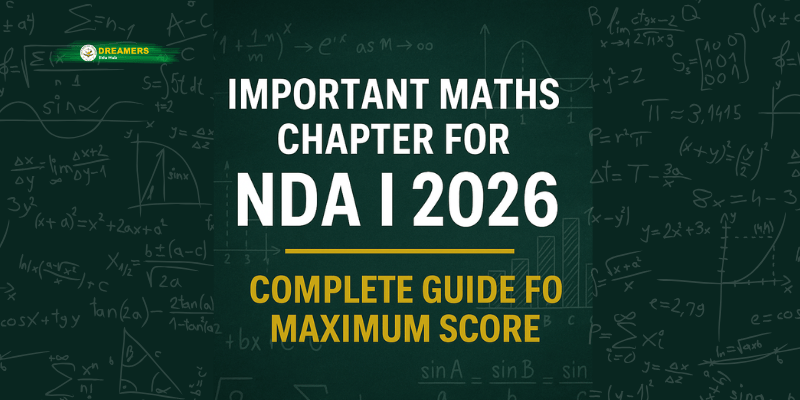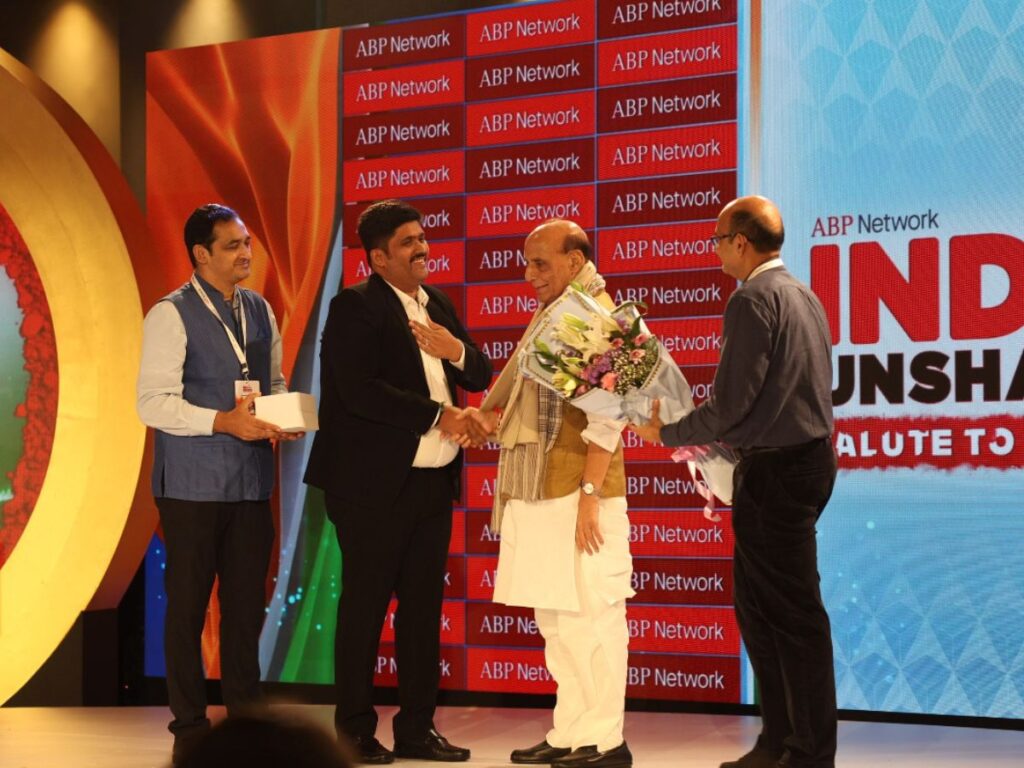The Combined Defence Services (CDS) and National Defence Academy (NDA) exams conducted by the Union Public Service Commission (UPSC) test candidates not only on aptitude but also on General Knowledge, which covers history, geography, polity, science, current affairs, and economics. Below are the top 20 questions that frequently align with the exam patterns.
1. Who was the first President of India?
Answer: Dr. Rajendra Prasad
Explanation: He served as the first President of independent India from 1950 to 1962. He remains the only president to have served two full terms.
2. Which planet is known as the “Red Planet”?
Answer: Mars
Explanation: Mars is called the Red Planet due to the presence of iron oxide on its surface, giving it a reddish appearance.
3. What is the capital of Myanmar?
Answer: Naypyidaw
Explanation: Though earlier the capital was Yangon, in 2005 it was officially moved to Naypyidaw.
4. Who is known as the “Missile Man of India”?
Answer: Dr. A.P.J. Abdul Kalam
Explanation: He played a crucial role in India’s missile development programs and also served as the 11th President of India.
5. Which is the largest river in India by volume?
Answer: Brahmaputra
Explanation: Though the Ganga is the longest, the Brahmaputra carries more water volume, especially during the monsoon.
6. When did India adopt its Constitution?
Answer: 26th January 1950
Explanation: While the Constitution was drafted and passed in 1949, it came into effect on Republic Day, 1950.
7. Who was the founder of the Maurya Empire?
Answer: Chandragupta Maurya
Explanation: With the guidance of Chanakya, he overthrew the Nanda dynasty and established the Maurya Empire around 321 BCE.
8. Which is the highest mountain peak in India?
Answer: Kangchenjunga
Explanation: It is the third-highest mountain in the world and the highest in India, located in Sikkim.
9. Which Article of the Indian Constitution deals with Emergency Provisions?
Answer: Articles 352 to 360
Explanation: These articles lay down the procedure and types of emergencies — National, State, and Financial.
10. What is the SI unit of Force?
Answer: Newton (N)
Explanation: In physics, force is defined as mass × acceleration, and its SI unit is named after Sir Isaac Newton.
11. Who discovered the sea route to India?
Answer: Vasco da Gama
Explanation: A Portuguese explorer who reached Calicut in 1498, opening up sea trade between Europe and Asia.
12. What is the main component of the Sun?
Answer: Hydrogen
Explanation: The Sun is composed primarily of hydrogen (~75%) which undergoes nuclear fusion to produce energy.
13. Who was the first woman Prime Minister of India?
Answer: Indira Gandhi
Explanation: She served from 1966 to 1977 and again from 1980 until her assassination in 1984.
14. Which gas is known as “Laughing Gas”?
Answer: Nitrous Oxide (N₂O)
Explanation: It is commonly used as an anesthetic and has euphoric effects, hence the nickname.
15. Which Indian state has the longest coastline?
Answer: Gujarat
Explanation: With a coastline of about 1600 km, Gujarat has the longest among all Indian states.
16. Which Mughal emperor built the Taj Mahal?
Answer: Shah Jahan
Explanation: Built in memory of his wife Mumtaz Mahal, the Taj Mahal is a UNESCO World Heritage Site.
17. What is the full form of DNA?
Answer: Deoxyribonucleic Acid
Explanation: It carries genetic instructions for the development, functioning, growth, and reproduction of all known organisms.
18. What is the main function of the RBI?
Answer: To regulate the issue and supply of the Indian currency and manage monetary policy.
Explanation: The Reserve Bank of India is the central banking institution, established in 1935, and nationalized in 1949.
19. Which Indian freedom fighter gave the slogan “Give me blood, and I shall give you freedom”?
Answer: Subhas Chandra Bose
Explanation: He was a charismatic nationalist leader who led the Indian National Army (INA) against British rule.
20. Which is the smallest bone in the human body?
Answer: Stapes (in the ear)
Explanation: Located in the middle ear, it helps transmit sound vibrations to the inner ear.

